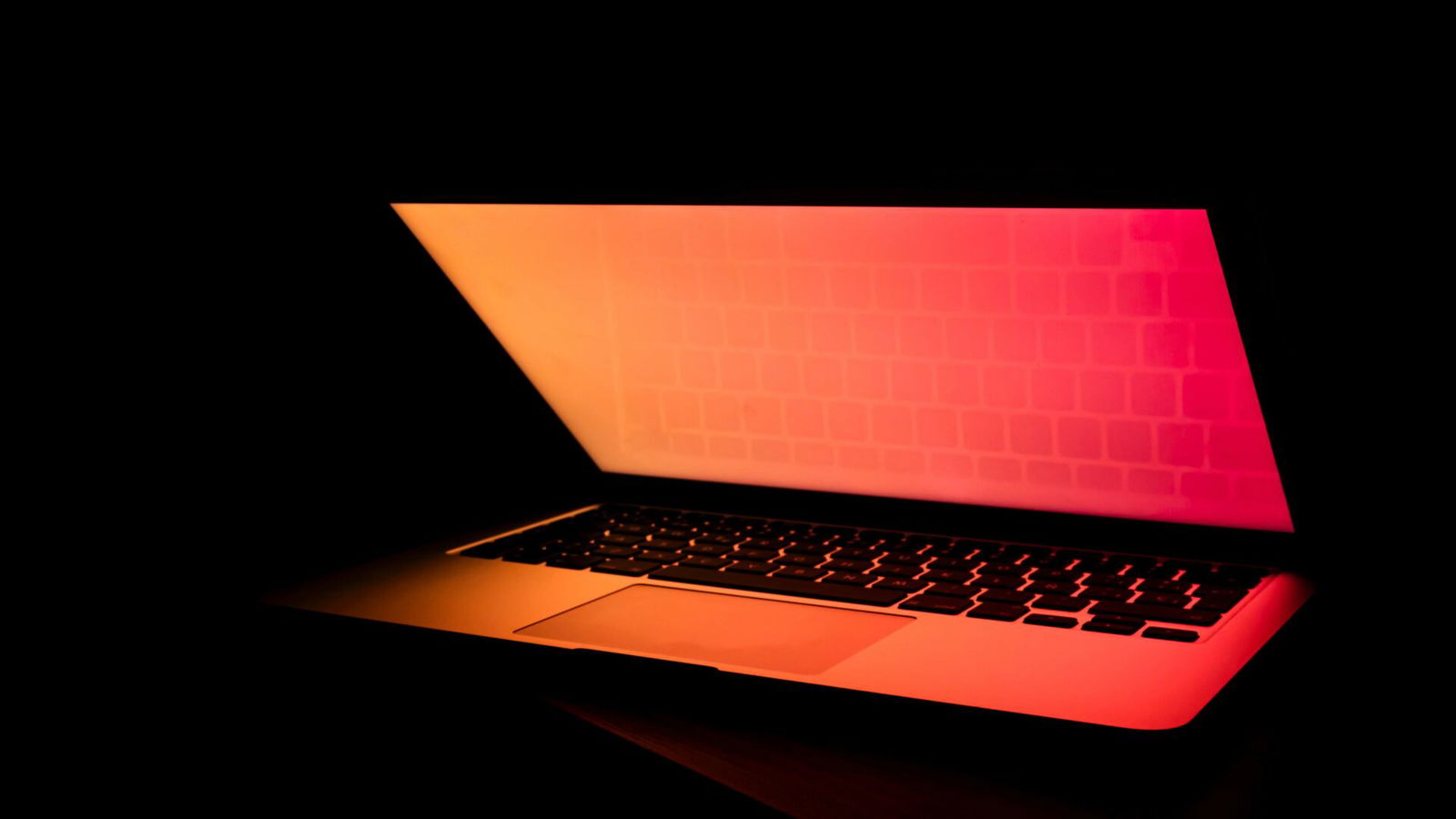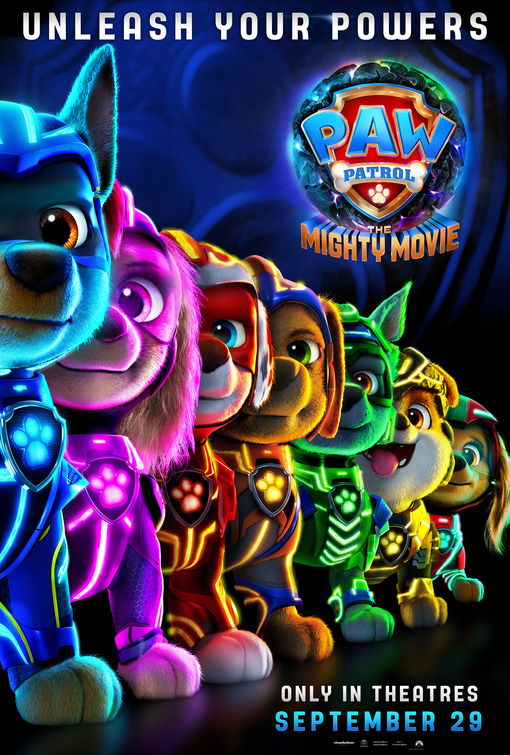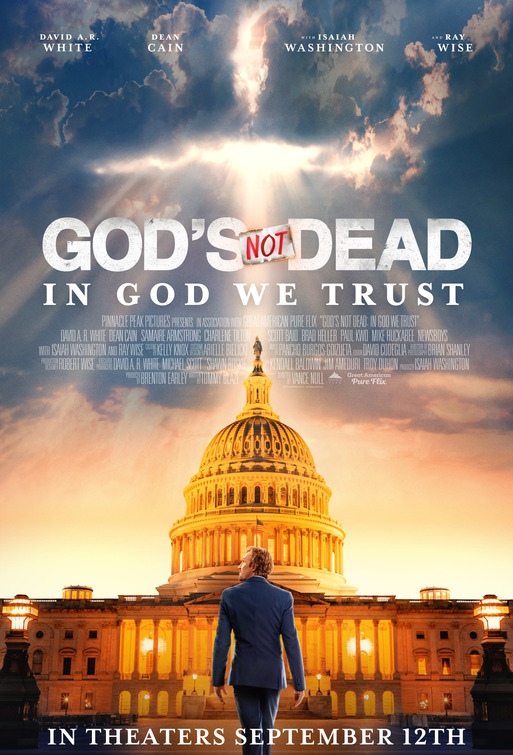
How to Break Free From Porn Use in the Digital Age
By Movieguide® Contributor
With a touch of button, we have unlimited access to pornography which has caused many individuals and relationships to suffer.
Breaking free from porn use can be a challenging journey, but it is entirely possible with dedication, self-awareness, support, and even professional counseling.
Movieguide® previously described what pornography is:
The word “pornography” is used in everyday speech to usually mean “graphic and explicit depictions of sexual activity.” The word “obscenity” is a legal term defined by the U.S. Supreme Court in the 1973 case, Miller vs. California. In that landmark case, the U.S. Supreme Court found that for something to be legally obscene a jury must find three things wrong with it:
“(1) It must appeal to a prurient (sick, morbid, shameful, or lustful) interest in sex.
“(2) It must be patently offensive (e.g., go beyond contemporary community standards with regards to depictions of sexual content or activity).
“(3) Taken as a whole it must lack serious literary, artistic, political or scientific value.”[v]
The communication, speech or entertainment in question has to fail all three tests before it can be found legally obscene and any penalties proscribed. Therefore, something can be regarded as “pornographic” but still not be legally obscene, such as explicit sex films used to teach students about human sexuality or even a movie or book with some artistic and/or literary value which had explicit sexual content.
Rubin Khoddam Ph.D. of Psychology Today wrote, “Porn addiction, also known as compulsive sexual behavior or problematic pornography use, refers to an individual’s inability to control their consumption of explicit sexual content. Although “porn addiction” is not a formal diagnosis in the DSM-5, recent research by the American Psychological Association (APA) has shed light on various aspects of this addiction, emphasizing its potential negative consequences. According to the APA, excessive porn use can lead to relationship difficulties, decreased sexual satisfaction, and desensitization to healthy sexual experiences.”
He continued, “According to Gert Martin Hald, Ph.D., and colleagues in the APA Handbook of Sexuality and Psychology (Vol. 2), numerous international studies indicate that a significant portion of the population engages in porn consumption. These studies reveal that among men, porn consumption rates range from 50 percent to 99 percent, while among women, the rates range from 30 percent to 86 percent.”
Porn addiction counseling “employs evidence-based approaches to help individuals regain control over their behaviors, develop healthier coping mechanisms, and establish fulfilling relationships.”
Some of the methods that porn addiction counseling uses include assessment and treatment planning, psychoeducation, cognitive-behavioral therapy (CBT), mindfulness-based interventions, group therapy support, relapse prevention strategies, and ongoing support and aftercare.
In conclusion, it is essential to recognize that pornography is a complex issue, and its impact can vary widely depending on the individual and context. While some people may not experience negative effects from occasional use, others may struggle with addiction and related problems. Understanding the potential risks and being mindful of how pornography can affect oneself and others is crucial for making informed decisions about its consumption. Additionally, fostering open and honest conversations about pornography and its implications is necessary for promoting healthier attitudes towards sexuality and relationships.
Movieguide® previously reported:
As porn becomes more accessible, parents can protect their children from its detrimental effects by understanding the long-term consequences and protecting their children through parental control settings.
The Wall Street Journal explains that “younger people’s brains are more wired for pleasure than adults, with higher spikes of the feel-good neurotransmitter dopamine released in anticipation of enjoyable activities.”
While many young people return to porn for this reason, Movieguide® often discusses its life-altering effects on children and teens.
For singer Billie Eilish, porn destroyed her brain. “I think that I had sleep paralysis, and these almost like night terrors, just nightmares,” she said. “I think that’s how they started, because I would just watch abusive [pornography] and that’s what I thought was attractive, and it got to a point where I couldn’t watch anything unless it was violent, and I didn’t think it was attractive.”
Many young adults experience the long-term effects of pornography, but what exactly does it do to young and developing minds?
Porn elicits the same brain reactions that drugs produce for a drug addict. Valerie Voon, a psychiatry professor at the University of Cambridge, found that when her team showed porn to young men with compulsive porn habits, their brain scans mirrored the brain scans of drug addicts when shown pictures of drugs.



 - Content:
- Content: 

